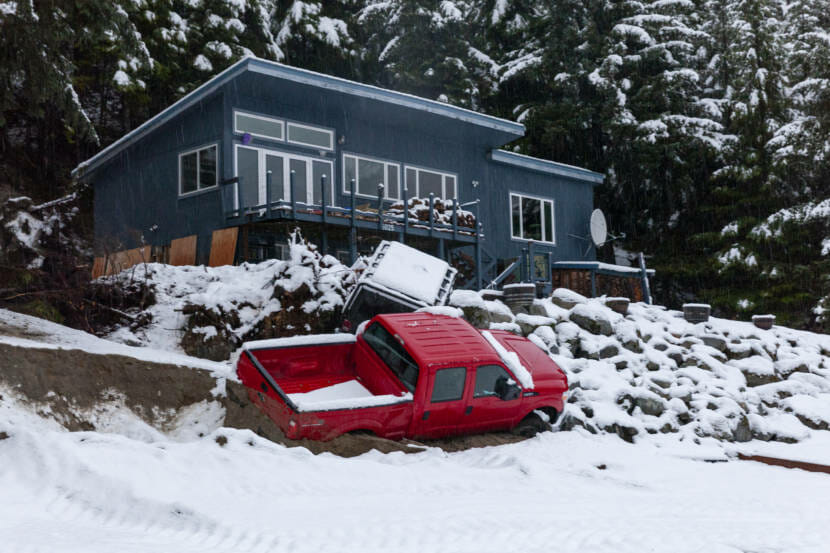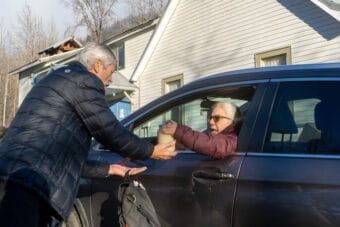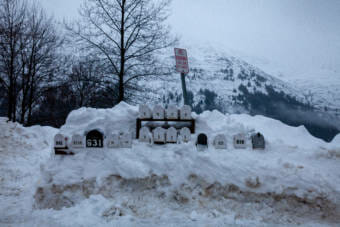
A long term recovery group is coordinating the various entities offering relief to Haines residents affected by December’s severe storm. But it’s been difficult to enact a plan without knowing what kinds of state and federal assistance will be available in the future.
Haines resident Sara Chapell has been helping organize stakeholders involved in the long term recovery. She says the group is made up of representatives from any organization that can provide resources for the relief effort.
“That might be disaster response agencies like the Red Cross, faith-based organizations, non-profits, community organizations and the private sector,” Chapell says.
Right now, they’re focused on getting money and resources to families. Case managers with the state and the Salvation Army are working with those affected by the storm to figure out what each individual has, what they need and what their situation will be in the future.
Chapell says one of the goals of long term recovery is to make sure that the individuals who need the most help get the most support.
“Sometimes that means holding back a little bit in the beginning because we’re just not sure of where those long term needs are going to fall after we hear from some of the other programs that are in place,” Chapell says.
Local organizations and nonprofits try to provide assistance for things that won’t be covered by state and federal relief, but it’s still unclear what that relief will look like.
Earlier this month, the state began accepting applications for assistance from residents who were impacted by December’s storm. They received over 100 applications from residents across Southeast Alaska. About 50 applications came from Haines. Jeremy Zidek is a spokesperson for the Alaska Division of Homeland Security and Emergency Management.
“What we do is we categorize the applicants depending on the needs that they have with temporary housing needs being the folks that would receive assistance first,” Zidek says.
According to Zidek, 20 displaced residents in Southeast Alaska have started receiving temporary housing assistance from the state. The Salvation Army has also been helping cover rent for displaced families in Haines.
Some of the other relief available under the state’s individual assistance program has not been rolled out yet. That’s because Governor Mike Dunleavy plans to make a request for assistance from the Federal Emergency Management Agency. Zidek says they can’t duplicate efforts.
“So if the state comes in and provides funding for some type of home repair and then FEMA wants to come in and provide that same assistance. Then we would have to ask the applicant for reimbursement for those state funds. That’s something we don’t want to do. It complicates the process, and it can really frustrate the applicants.”
State officials and FEMA staff recently completed a preliminary damage assessment for the disaster. Based on the data from that report, the governor will make a request to FEMA. Zidek says that will likely happen within a week or so. When and how the federal agency will respond is not clear.



